Artists Transform Things
Pierre Bonnard painted walls, windows and surfaces that were festive with light and color, but those objects – by themselves – were simple.
His decision to use bright yellows with flecks of cerulean blue and viridian green to render a plain white wall in his house has a message of permission bequeathed to artists after him; play with color.
His paintings whisper to you and me: “Look for interesting geometry in your compositions, and monitor your values. And when you like the way your eye travels around your arrangements, host a Happy Hour with your colors.”
(The previous posts in this series on Bonnard can be read here, here and here.)

Bonnard in your Art Library?
Do you know about this book: Pierre Bonnard: the Late Still Lifes and Interiors – from the Metropolitan Museum of Art? The imagery depicts preliminary pencil sketches and finished paintings from Bonnard’s still life work later in his life, so it’s a little different from the landscapes and nudes featured online.
Brew a cuppa tea, and be inspired here. You can purchase the book (out of print) on Amazon here or download the PDF of the book for free here. As a PDF download, you can zoom into the drawings and paintings on your computer to examine his pencil marks and the brushwork on his oils and watercolors.
Think of all the inspiration to go a little wild with color on your next piece of art.
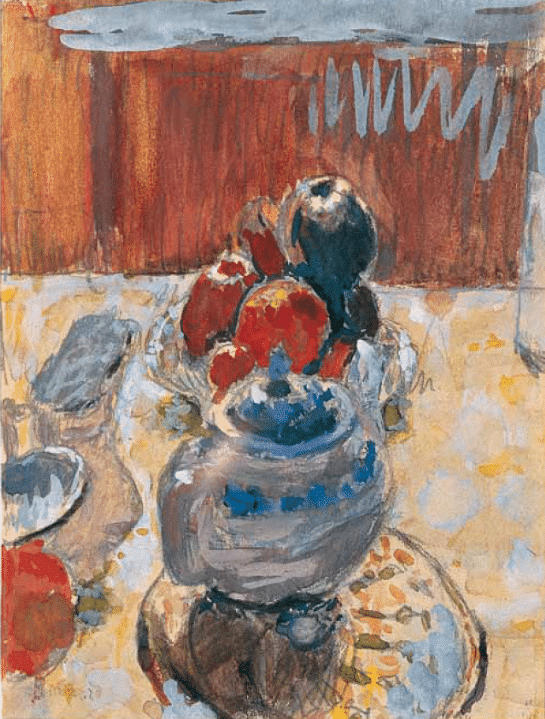
The Gift of Squinting
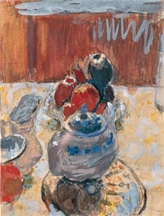
The interesting tidbit on Bonnard’s tiny pencil, watercolor and gouache study above – is that it appears loose, painterly and unfinished up close.
The paper shows through at the table’s surface, and there are plenty of quickly applied dollops of pigment, and gestural pencil marks.
But look at the painting from a distance (I’ve made it small on the left to demonstrate an across-the-room view). It reads as a beautifully lit and shadowed still life. Look at that teapot!
Perhaps Bonnards gift here is recalling that makers see the work up close while working on it, but viewers most often see the work at a distance. Be sure to step away from your work often, and squint every few minutes to check values.
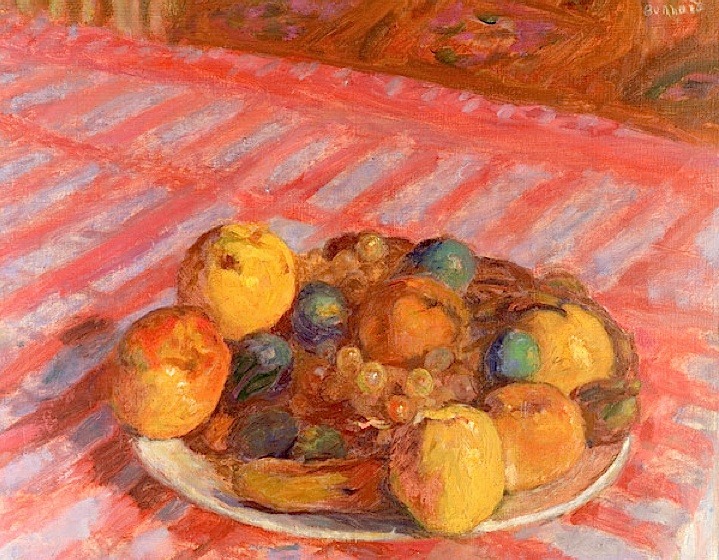
The Role of Memory in Painting
If you’ve visited before, you might already know that I’m partial to painting from your own life, loves and environs. Pierre did too, which adds to my fascination with his work.
Listen to this podcast produced by the Tate Museum (17 minutes) on the role of memory in painting. You could sketch your next still life while you listen, right?
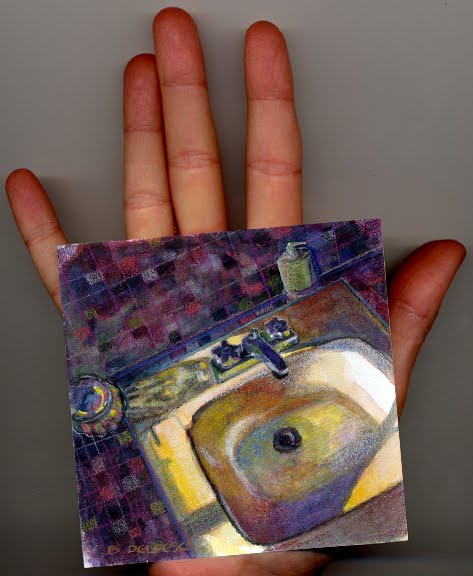
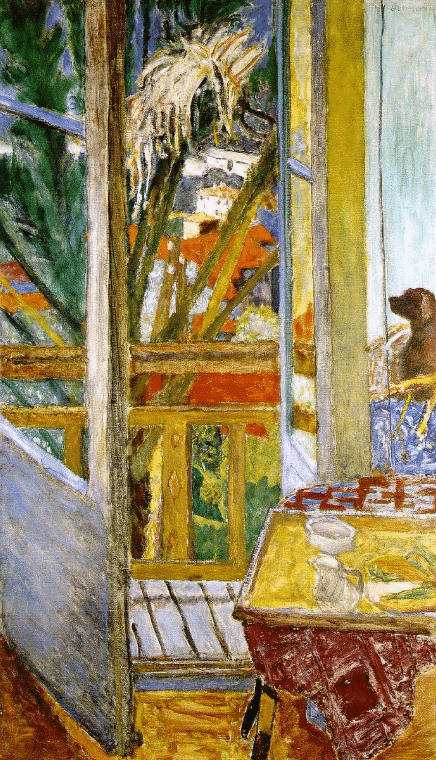

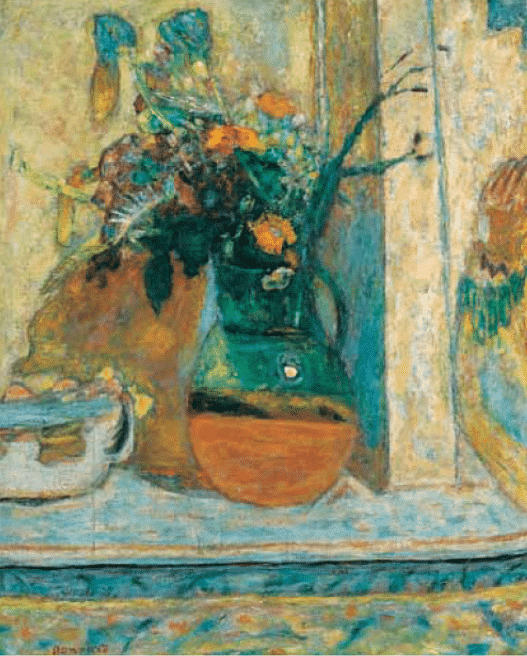

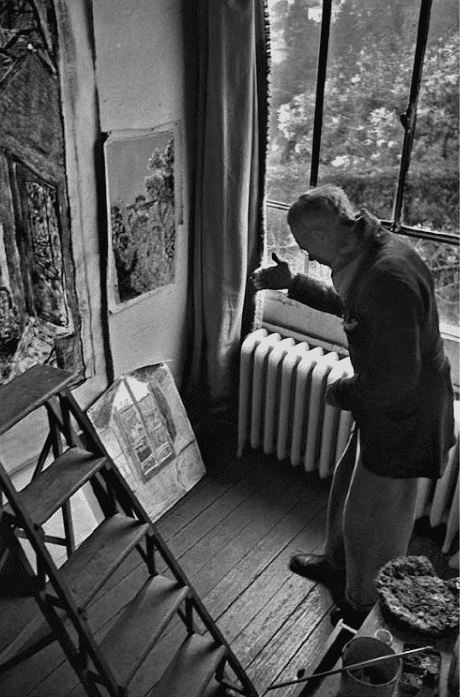

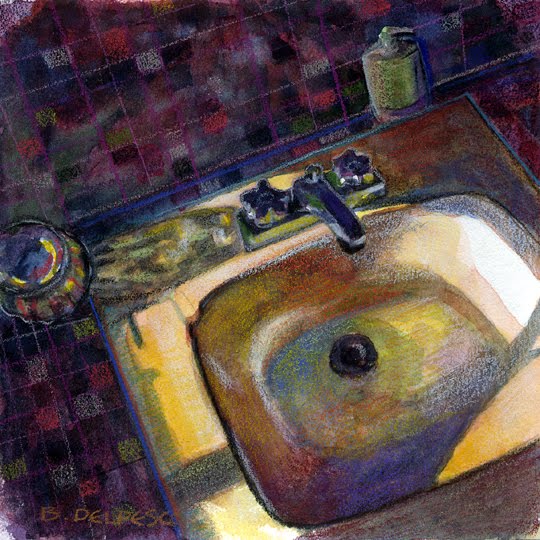


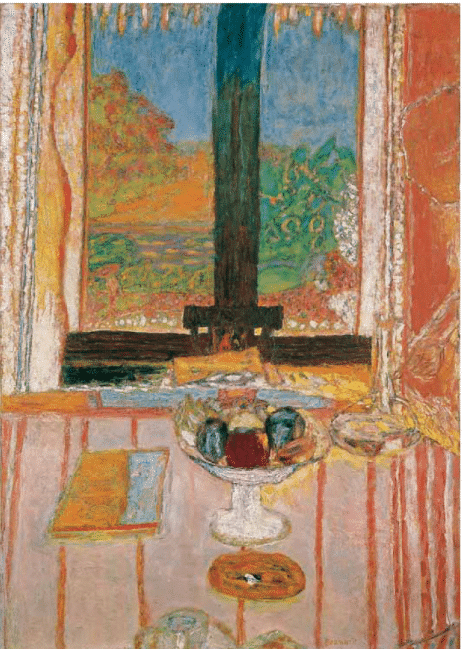
Consume Inspiration, and then Put it to Work
I’m working on a still life now, and I’m about to add watercolor. So far, it’s only a pencil drawing. I’m using the same sequence as the last post.
After pondering Bonnard’s still life work, I will endeavor to hike off the path and into the trees. I’ll wander deliberately away from the colors in my reference photo.
Even after a few hours and consecutive evenings of laying out the drawing, I’ll tell myself ‘It’s just paper and pencil marks. Don’t get precious. Avoid attachment. Go ahead and screw it up, because you learned during the process on this one, and you’ll carry those lessons to the next painting, whether this one works or not.‘
Is that what you tell yourself when you’re working on new art, and treading towards foreign creative adventures? I hope so. Let’s stay encouraged, okay?
Thanks for stopping by, and I’ll see you in the next post!
Belinda
P.S. You can subscribe to get each new post as soon as it’s published via email by signing up here.
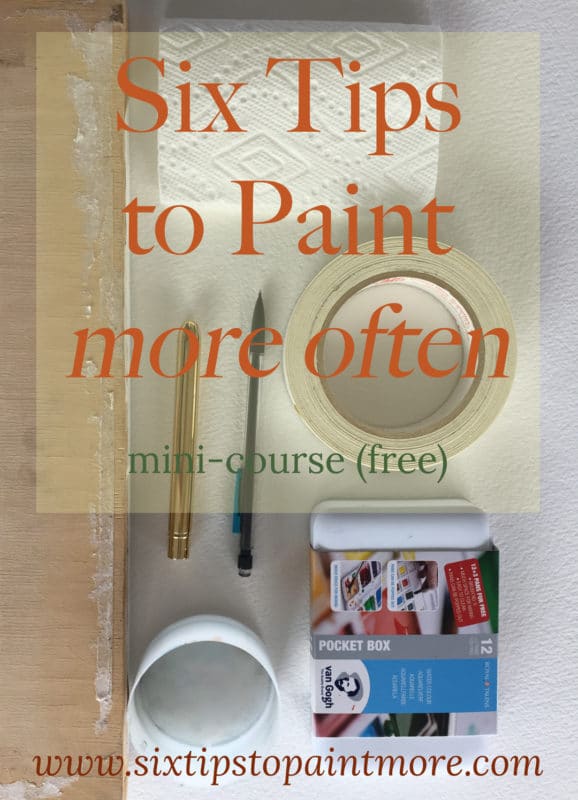
Artist Quote
I tried to paint [a bouquet of roses] directly, scrupulously, I was absorbed by the details… Then I realized that I was floundering, I wasn’t getting anywhere. I had lost my original thought and couldn’t get it back again; I couldn’t find what it was that had captivated me, my starting point. I thought I might regain it, if only I could recapture that initial charm…
Through captivation or an initial inspiration, a painter achieves universality. It’s captivation that tells him which subject to choose and precisely how a picture should be. Take away that captivation or initial concept, and all that’s left is a particular subject that overwhelms the painter.
From that moment on, he is no longer painting his own picture. For some painters – Titian for instance – that captivation is so powerful that they never lose it, even if they remain in direct contact with their subject for a very long time. I, however, am very weak. I find it difficult to control myself when my subject is right in front of me.
Pierre Bonnard

Thanks to your excellent series, I have a whole new appreciation for Bonnard! Makes me want to paint for sure! I’m also reporting back to you, as requested, on that audiobook “The Sea” by John Banville. It’s one of the most compelling audio books I’ve listened to so far. Every sentence is pure delight and the author’s understanding of all the nuances of memories has unearthed so many of my own nostalgic remembrances, allowing me to look at them in a new light. The narrator, John Lee, recounts the story with the most endearing and melodic Irish lilt. Can’t thank you enough for this suggestion!
I’m so glad you’ve enjoyed my ramblings on Pierre. And Thank You for circling back around to tell me about Banville’s book! I just added it to my Want to Read list on Goodreads, based on your comment. I’m a sucker for lyrical prose and visual descriptions in a book, and I suppose that even if it feels a little melancholy (according to reviews), it’ll be worth it. And an Irish lilt from the narrator sounds delightful! 🙂
Great! also to let you know that I’m now listening to another John Banville audiobook: “Ancient Light” in which he follows a similar theme, but in a different setting. It is voiced by a different reader this time but still enjoyable. I’m so blown away by the author’s innovative descriptions! Again, every sentence is like a succulent candy, and each time a different flavor! Here’s a link to a wonderful interview with the author. https://www.youtube.com/watch?v=m9uO6vD8v-E
(I can’t remember if I’d sent that link in a former comment to you) I really enjoy and appreciate sharing the love of books with someone so like-minded as you!!!
Hi Belinda
Thanks for all the Pierre Bonnard pics and links..such an inspiration!
On another matter I found this great post by Natália Gregorini on Tetrapack Printmaking ( which I’ve dabbled with) and wondered if you’d tried it too? Worth a go I suggest.
All the best
Dru
https://topprintmaking.com/tetra-pak-a-remarkable-matrix?fbclid=IwAR37golG3Ug18nxxBxIDJ4BpAZjFlnMvUWo3gFLbDKoLZjYk6osBNxcu–s
Hi Dru, Thanks so much for the feedback on our friend Pierre. I think he really is a windfall of inspiration. I’m glad you agree. ANd on the tetrapak printmaking, I love that post! I’ll share it with some friends who have presses, since I think I’ve only shared links on the subject to my friend Brian Holden’s blog. He has a couple of posts on it here: http://myprintmakingjourney.blogspot.com/2017/03/milk-carton-printmaking-experimentations.html Keep them coming, okay? Thanks! Belinda
Thanks so much for that Bonnard quote. “Captivation” — what a great way to think about it.
Hi Kristy, I agree. And I can relate to his sense of fleeting captivation, and fascination with someone like Titian who could remain captivated over the same image for months and months at a time. It’s more than discipline, I think. A sort of super-power attention. I, for one, will continue to work on it. 🙂